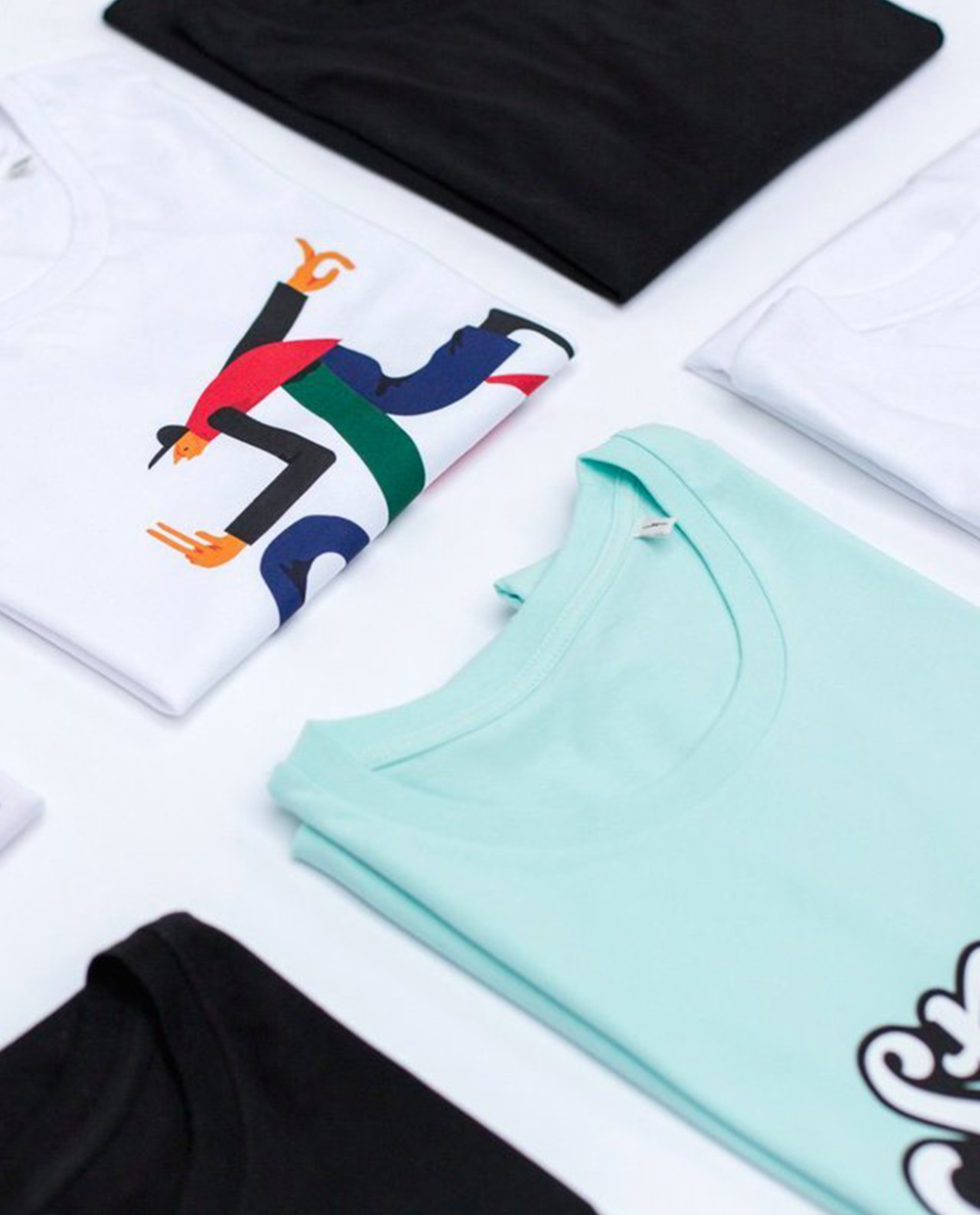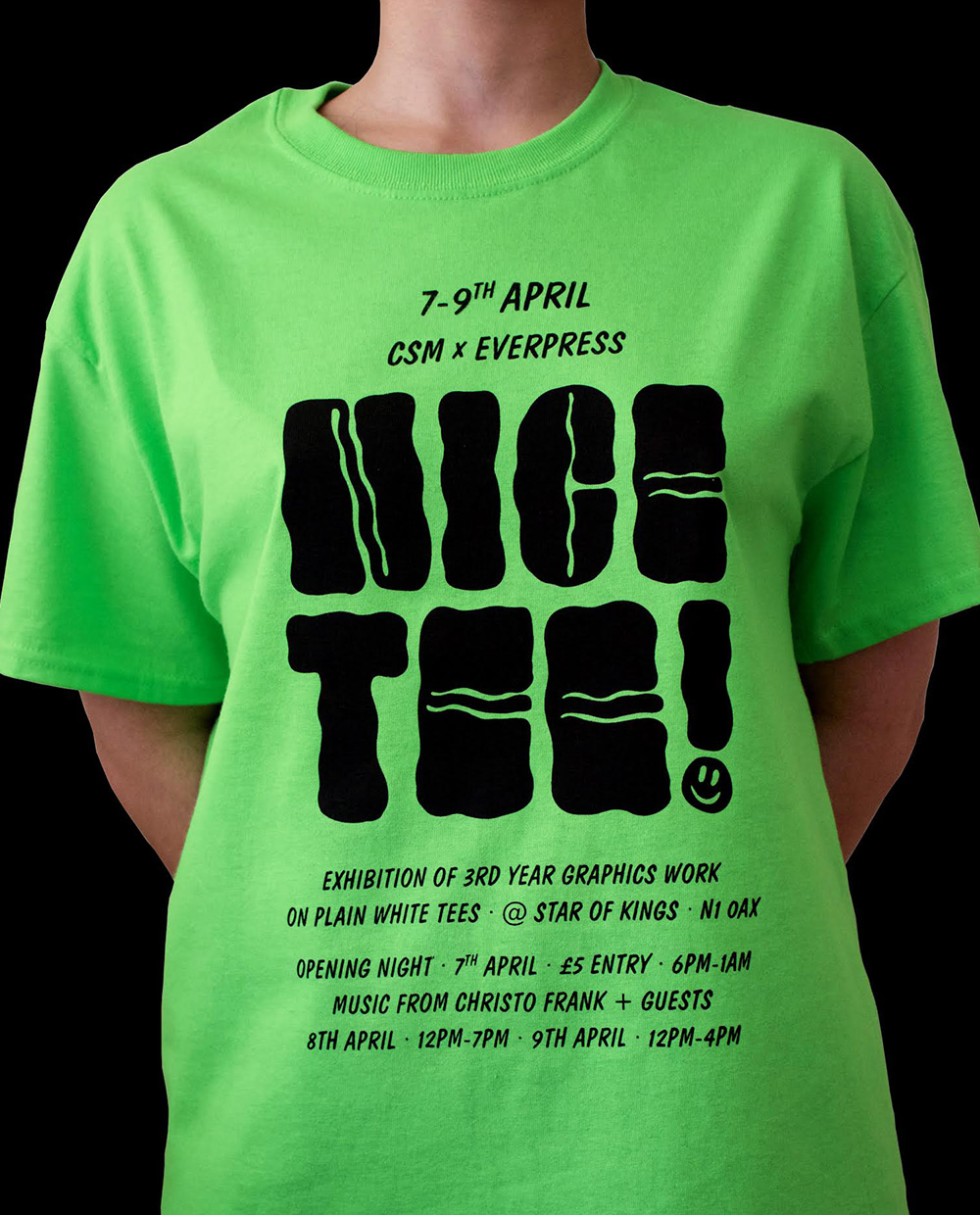Beginning The Search
When we started our journey to making the switch from our existing bags, we assumed we’d end up with a compostable alternative, as this seemed to be the obvious more sustainable option. “Initially we wanted to phase out our packaging bags in favour of what we thought were the most sustainable option, compostable,” says Farah.
We backed this up with some serious research, casting our net far and wide and looking to the places in the world where sustainability takes precedent. “I started researching many different suppliers, both small and big, and from across the world too,” says Farah. “I covered the UK and Europe, but also places like Asia, Australia and New Zealand, where there is a stronger awareness about this.”
Conflicting Information
What we quickly discovered is that trying to arrive at one absolute ‘most sustainable’ choice is pretty impossible, in no small part because of the sheer amount of conflicting information, both from suppliers and even the likes of impartial academic research.
Add to this the juggling act of what’s the best choice in an ideal world, and what’s feasible for an independent business operating in the U.K., and you can see how even something like sourcing sustainable mailing bags can become a mammoth task. “When we’re looking at what’s possible for Everpress, as well as design and cost we need to think about a whole array of other things,” says Farah. “That’s everything from the lead time for the bags, the number of minimum orders we’re able to place, and the commercial conditions in which they’re produced.”
Back To The Drawing Board
“Originally we were very interested in using cornstarch biodegradable bags, particularly because these seem so popular at the moment,” says Farah. “However after a few months of research we realised that the compostable option is not necessarily the most sustainable one.” Despite having them in our sights initially, it became clear that the reality of compostable bags wasn’t quite as sustainable as we might hope.
Being open-minded is crucial
Firstly, it’s what compostable bags tend to be made of; PBAT, which derives from petroleum, and PLA, which derives from corn, are both virgin materials which have harmful impacts on the planet. Then there’s the compostable aspect; typically, compostable bags aren’t compatible with at-home composting, so need to be taken to a centralised facility where the compost is guaranteed to reach high temperatures. The hassle of this, not to mention the lack of these kinds of centres, means the reality is that these bags often end up at landfill (which they don’t biodegrade, and instead behave like traditional plastic). Plus, they can’t be recycled, and will end up contaminating plastic recycling streams if people attempt this. Finally, compostable bags only offer a linear, one-use life cycle, rather than encouraging the reuse and recycling of non-virgin materials.
Being open-minded, and willing to reassess and go back to the drawing board if needs be, is crucial when it comes to becoming more sustainable in a meaningful, tangible way. So we decided to interrogate further exactly what the best option could be.
Metrics To Consider
Plastic tends to be where most of the focus lies when we talk about sustainable packaging. While this isn’t necessarily wrong, it can mean that a lot of other aspects get left out of the conversation. “It’s really important to consider not just plastic pollution but all kinds of other damaging effects that can result from the production, delivery and end life of packaging material,” says Farah. “This is everything from the Greenhouse gas emissions of production, the waste produced, the amount of water used in production, and the impact on biodiversity when it comes to disposal.”
“Take the example of creating a beauty product with a glass jar,” she continues. “Using glass means you’re able to phase out plastic, which seems like a good thing, but when you consider a full Life Cycle Assessment, a plastic jar is less harmful for the environment, in large part because of the raw materials used to create it. This is especially true when it’s recycled too.”
Recycled versus Recyclable
Often a tradeoff has to be made between whether a bag has been created from recycled materials, or whether the bag itself can be recycled. So we delved into what’s better: recyclable bag, or recycled bag? And it turns out that while recycled plastic can often be recycled, only a small percentage currently ends up being, due to the lack of knowledge and straightforward recycling options available for customers.
Often a tradeoff has to be made
To get an expert opinion we got in touch with a spokesperson for the Ellen MacArthur Foundation, a charity which aims to inspire a generation to re-think, re-design & build a positive future through the framework of a circular economy. “After speaking with one of our Research Analysts, we would advise the recycled option,” was their verdict. “Regarding the problems of recycling, we would suggest using a bag made from a mono material that can be fully recycled, for example PET or Nylon6.”
Grounded Packaging
And so, we arrived at Grounded Packaging, an Australian-based supplier who produce their bags in Asia. Though this is slightly unideal from a transport perspective, having looked at UK-based alternatives, we exhausted all our options before we arrived at Grounded. 100% recycled and recyclable, as their spokesperson explains, “The material for the mailers is recycled LDPE which is a soft plastic often used for things like mailers, food packaging, commercial wrapping etc. This particular material is predominantly recycled from commercial waste streams.”
Read More: Where To From Here? A Fashion Industry Roundtable






